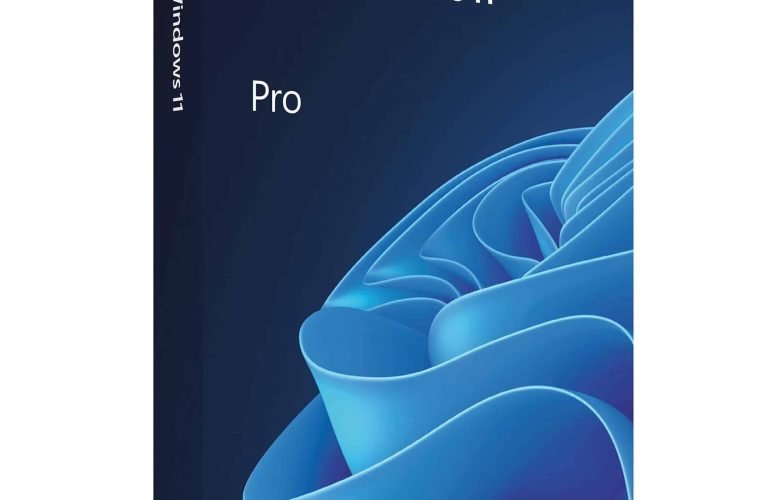
In the ever-evolving media landscape, entrepreneurs are seeking new ways to stand out. Today, two distinctive yet synergistic business models—niche magazine publishing and audiobook production—can be unified into a cohesive, future-oriented venture. In this blog, we’ll explore how building a niche magazine publishing business plan can dovetail perfectly with an audiobook production startup model, creating new opportunities for monetization, audience engagement, and cross-medium branding.
1. Vision and Value Proposition
Niche Magazine Publishing Business Plan
The foundation of any successful magazine lies in its focus. Rather than casting a broad net, niche magazine publishers cater fiercely to a specific interest group—say, wildlife conservation stylists, indie game composers, or vintage typewriter enthusiasts. Your business plan begins with pinpointing this passionate audience, understanding their needs, and delivering highly tailored content that big-box publications overlook.
Audiobook Production Startup Model
Meanwhile, an audiobook production startup offers audio versions of written works—whether fiction, non-fiction, or niche-topic publications. This model emphasizes accessibility, immersive storytelling, and convenience—enabling audiences to consume content during commutes, workouts, or housework.
Unifying Vision
By merging these two visions, you create a dual-channel content machine: a sharply focused print or digital magazine complemented by high-quality audiobooks on related themes. For instance, if your niche magazine spotlights independent cookbook creators, your audiobook arm could produce spoken-word versions of standout recipes, interviews with authors, or themed culinary stories.
2. Market Analysis and Audience Synergy
Magazine Market
The niche nature of your publication allows you to sidestep mass-market competition. Market research should address the size of your specialized community, their willingness to pay for curated content, and their preferred formats (print, digital, mobile). Subscription trends, competitor analysis, and industry reports should all factor into your magazine business plan.
Audiobook Market
Audiobooks are booming—driven by podcast habits, mobile listening, and expanding reach. However, production costs (narration, editing, rights acquisition) and platform distribution (Audible, Apple Books, direct-sell) must be understood thoroughly.
Where They Connect
Crucially, many magazine readers are also potential audiobook listeners. Your business plan should highlight how offering bundled subscriptions—e.g., a quarterly magazine issue plus one companion audiobook—adds value and retains subscribers. Promotional crossovers (e.g., “listen to this author’s story in audio”) deepen engagement across formats.
3. Content Strategy & Editorial Pipeline
Magazine Content Flow
Your editorial calendar could include feature articles, interviews, trend roundups, photo essays, and reader-submitted columns. Timely and evergreen content coexist to keep readers returning.
Audiobook Content Flow
Parallel to this, select pieces from the magazine—particularly author interviews, personal essays, or narrative-style content—can be adapted into audio format. You could also produce original audio content, such as mini-documentaries, short stories, or thematic explorations, narrated by professional voice artists or even the authors themselves.
Integrated Workflow
Streamlining between written and audio content is key. For instance, once an article is commissioned, consider whether it’s suitable for both print and recorded formats. Your business plan should incorporate scheduling, rights agreements (e.g., audio rights), and budgeting for dual-format storytelling.
4. Business Model & Revenue Streams
Magazine Revenue Streams
Subscriptions: Print, digital, or hybrid.
Advertising: From relevant niche brands—artisan tools, specialty products, expert services.
Single-issue sales: For impulse buyers.
Events or webinars: Thematic panels, masterclasses.
Audiobook Revenue Streams
Direct sales & subscriptions: Sell audiobooks individually or as bundles.
Platform deals: Revenue share via Audible, Scribd, newsletters with audio samples.
Sponsorships: Branded audio intros or co-produced content.
Licensing: Package audio for libraries, educational institutions, or deluxe editions.
Combined Offering
A combined subscription model—“magazine + audio access”—can drive up average customer value. Offer tiered pricing: basic magazine, magazine + audio extras, and premium bundled packages with exclusive audio content or early-access offers.
5. Operations & Scaling
Team Structure
Your business plan should outline roles: an editor-in-chief, digital content producer, audio producer/narrator coordinator, marketing specialist, and operations manager (subscriptions, fulfillment, rights).
Production Workflow
Magazine: pitch → write → edit → design → print/digital distribution.
Audio: select content → contract narrator → record → edit/mix → distribute.
Plan for initial low-volume runs, then scale as editorial backlog and audio catalog expand. Outsourcing narration or post-production may keep early costs manageable.
6. Marketing & Growth Strategy
Cross-Promotion
Use promotional blurbs in your magazine that tease upcoming audio pieces (“Coming next month in your ears…!”). Conversely, audio intros can mention magazine features and encourage listeners to subscribe.
Audience Building
Social media snippets: audio quotes, behind-the-scenes of magazine shoots.
Podcasts or live-reads: sharing converted content as short sample episodes.
Partnerships: team up with like-minded newsletters, influencer curators, voice acting networks, or Goodreads-style communities.
VIP or Membership Club
Offer premium members early access, exclusive audio interviews, or bonus print posters/artworks tied to stories.
7. Financial Projections & Risks
Revenue Forecast
Estimate subscriber growth across two channels—e.g., 500 magazine subscriptions and 200 bundled + 100 standalone audiobooks in year one—then project incremental growth as content and brand awareness build.
Cost Estimate
Include costs for writing, design, layout, printing/distribution, narrator fees, studio/time rental or freelance editing, marketing, platform fees, and overhead.
Risks & Mitigations
Niche too narrow: mitigate by expanding related themes or diversifying offerings.
High production costs: start with digital-only magazine and limited audio—increase as demand grows.
Platform dependency: diversify distribution (e.g. direct-to-consumer, email commerce, in-house apps).
Conclusion
Combining a niche magazine publishing business plan with an audiobook production startup model creates a rich, multi-sensory content platform. You leverage highly curated, deeply resonant written content—and amplify it through audio—accessible and consumable in today’s on-the-move world. The synergy strengthens audience loyalty, diversifies revenue, and positions your venture at the exciting intersection of print and voice-powered media.
Whether you’re launching “The Artisan’s Quarterly” with accompanying audio essays or “History’s Hidden Curricula” with narrated deep dives, this hybrid model invites your readers—and listeners—on a compelling journey they can both read and hear.










